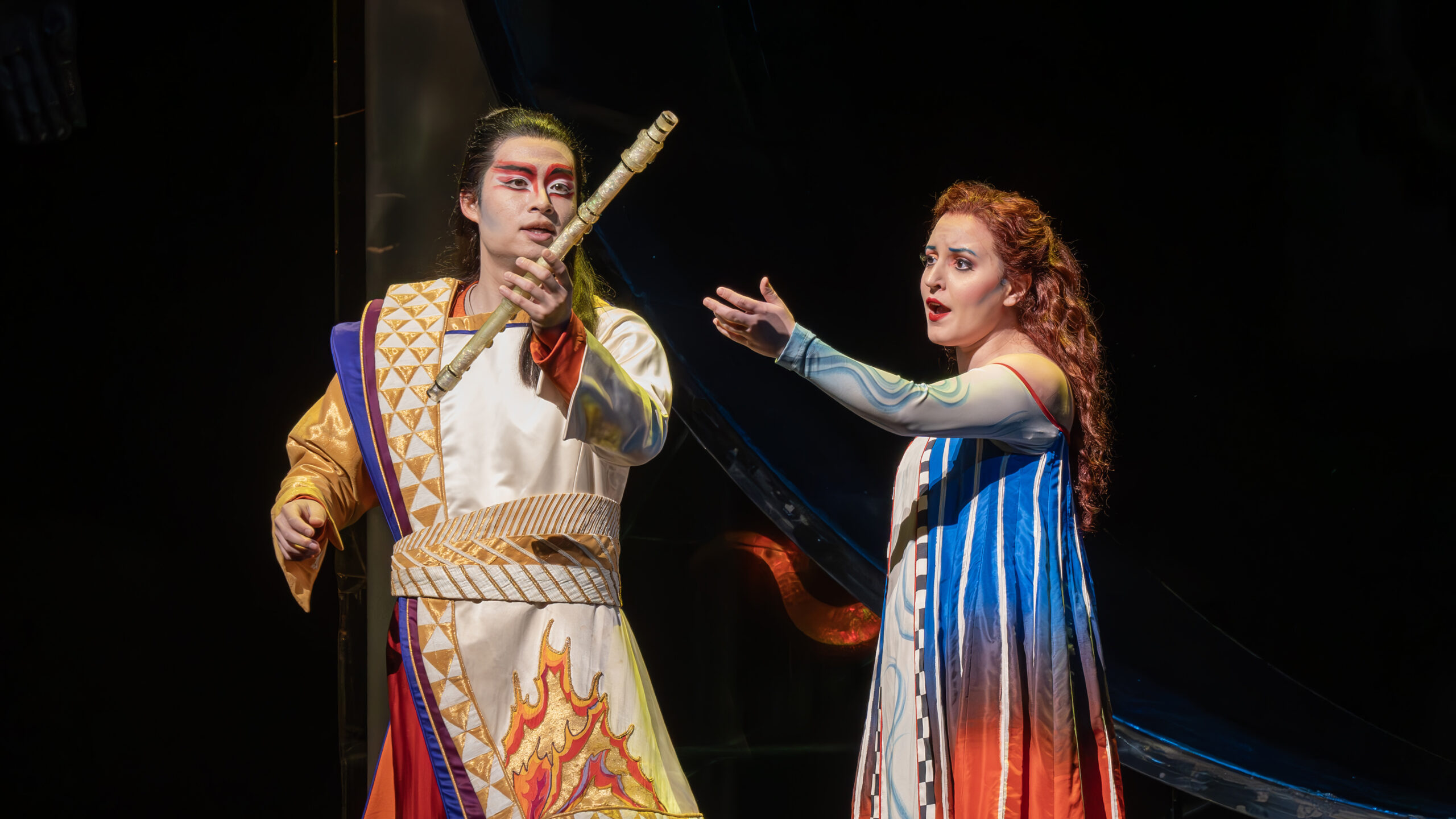
The combo of a familiar property from the literary and Hollywood worlds spearheaded by three bona fide musical/opera superstars — Renée Fleming, Broadway’s Kelli O’Hara (classically trained) and Joyce DiDonato —proved an irresistible lure for audiences, though several critics demurred. Peter Gelb wisely put the opera on the schedule for a repeat the following season, so a year and a half later, it’s back and a nearly capacity audience enthusiastically received it this past Sunday. Very often works that were hits at their premiere (usually because it is an adaptation of a familiar property with literary and hip cachet) fail to attract audiences in revival. Sales for The Hours seem brisk at present, so the momentum is still there.
I was unable to catch a performance of The Hours in its premiere season and I only heard the work via the audio stream of the opening night on the Met website. I will regretfully admit I have not read the Cunningham book, didn’t see the 2002 film, and I haven’t even read Mrs. Dalloway, the Virginia Woolf masterpiece that inspired the all of the above. I didn’t even see the HD telecast. So, I came to it somewhat raw and uninformed, which if you read my reviews here is not my usual modus operandi.
The score at first hearing on the audio stream seemed busy, dense, and overly layered. Certain performances (Kelli O’Hara) came through with clear focus but everyone else seemed to be buried in a swirling miasma of orchestral threads going in many directions at once. Fleming, the moving force behind the opera, was sometimes submerged under the orchestra and her well-preserved soprano lacked melodic scope to do its magic. DiDonato seemed to be playing one note as the tortured artist and everyone else barely had enough material to make an individual mark except for tenor William Burden as an ambivalent former lover and bass-baritone Brandon Cedel as O’Hara’s oblivious husband. Kelli O’Hara’s crystalline soprano, natural diction and honest acting managed to pierce the dense murk like a beam of clarifying light.
I heard reports of another hyperactive Met production by the often excellent Phelim McDermott that populated the intimate drama with dozens of wandering choristers and writhing dancers drawing focus from the intimate personal agonies of our three female protagonists. (Directors feel the need to fill the vast Met stage full of action and pointless business rather than trusting in the music and story – and singers). The Hours seemed ambitious, but it kept me at a distance. You could hear all the effort that went into it, but it failed to coalesce and connect.
That was not my reaction seeing it live in the house this weekend. The story is set in three different time periods: 1923 England with Woolf struggling to compose Mrs. Dalloway while battling mental illness and suicidal ideations, the depressed housewife Laura Brown in 1949 fighting the urge to destroy herself and abandon her family while baking a cake for her husband’s birthday, and what seems to be Manhattan in the 1980’s or early 90’s as book editor Clarissa Vaughan rushes around the city planning a party for her poet friend Richard who is dying of AIDS. The three women are connected by art, by loss and by suicide and madness with Mrs. Dalloway as the common thread connecting the stories.
Seeing it live proved salutary – the singers had personal charisma and commitment that cut through the many distractions and gave focus to their stories. I was able to ignore the omnipresent chorus and extraneous dancers. The complex layers of the musical score proved to be effective as multiple stories shared the same space in different time settings. Fleming admitted in a post-performance discussion that she requested that Puts thin out the orchestration – and this brought the text (and the voices) more to the forefront.
There are still drawbacks: Puts admitted in the talkback that he expresses the emotions of the story through harmony. Singers, however, require melody to embody and express their characters. Except for the appealing final trio of female voices, the score still lacks vocal melody with a lot of the musical meat centered in the orchestra (Puts’s first love is chamber music). Also, except for a brief gloss of 50’s Hollywood jazz scoring when Laura Brown enters in 1949, all the time periods and much of the vocal writing sounds identical despite the very different personalities and settings of our multi-generational heroines.
The entire original cast returned for this revival. Fleming was in remarkable voice for a 65-year-old veteran, the lush, gleaming warmth of her familiar voice shone more clearly over more transparent orchestral textures. Her silent, shattered grief in the final scene was heartbreaking. DiDonato brought intensity as well as trenchant wit to her Woolf. O’Hara took a while to warm up vocally, inaudible in her first scenes, but remained a sympathetic figure while she gained in authority as the afternoon progressed.
Kyle Ketelsen as the dying Richard swung from radiant reminiscences of a lost, youthful summer full of unlikely romance to a bitter, doomed present he is desperate to escape. His firm bass-baritone suggested vigor that his character lacks. Veteran tenor William Burden was a dynamic Louis, Richard’s lover during that fateful summer many years before. Cedel’s rich, warm, vibrant bass-baritone and exuberant stage presence suggested he needs to graduate to bigger things like Wolfram in Tannhäuser or Mandryka in Arabella.
Sylvia D’Eramo scored in her one scene as Kitty, Laura Brown’s stricken neighbor, with remarkably subtle and moving acting; as Vanessa Bell, she had less to work with. Sean Panikkar’s vibrant focused tenor projected Leonard Woolf’s frustration and devotion with clear impact. Denyce Graves was a centered, stalwart pillar of support as Clarissa’s partner Sally despite the unpleasantness of her now blowzy contralto. Countertenor John Holiday was vocally impressive in a part that had no real musico-dramatic purpose as the unhoused “Man Under the Arch” and hotel clerk. The role could be excised with no loss. Conductor Kensho Watanabe covered Yannick Nézet-Séguin during the first run and returned to lead the score with sensitivity and command.
By the way, The Hours originally was over three hours long, but this iteration came in just under a three hour running time – I wouldn’t know if anything was cut, but it seemed more focused. The first act has a great deal of exposition while the second act had greater emotional pull and conflict. Both Fleming and O’Hara observed after the performance that returning to the work a second time took away the pressure of the premiere, leading to greater confidence and further exploration and emotional layering in their interpretations.
DiDonato at the end of the seminar stressed the importance of art in giving humanity focus, connection, and emotional sustenance in an increasingly chaotic, divided, and stressful society. Art connects the three heroines of The Hours to their own emotions and pulls them past their own inner struggles giving them clarity to deal with the world. It was a message worth hearing for a second time – or the first time in my case.
Photos: Evan Zimmerman / Met Opera
Call for submissions: parterre box‘s new Talk of the Town
parterre box is launching a new themed regular feature curated by our readers and opera fans across the world! We are asking for your favorite clips, recordings, and anecdotes to get people chatting, listening, and thinking.
parterre box is launching a new themed regular feature curated by our readers and opera fans across the world! We are asking for your favorite clips, recordings, and anecdotes to get people chatting, listening, and thinking.
-
Topics: gay icons, joyce didonato, kelli o'hara, metropolitan opera, renee fleming, review
Reach your audience through parterre box!
parterre box, “the most essential blog in opera” (New York Times), is now booking display and sponsored content advertising for the 2023-2024 season. Join Carnegie Hall, Lincoln Center, Warner Classics and many others in reaching your target audience through parterre box.
parterre box, “the most essential blog in opera” (New York Times), is now booking display and sponsored content advertising for the 2023-2024 season. Join Carnegie Hall, Lincoln Center, Warner Classics and many others in reaching your target audience through parterre box.
parterre in your box?
Get our free weekly newsletter delivered to your email.


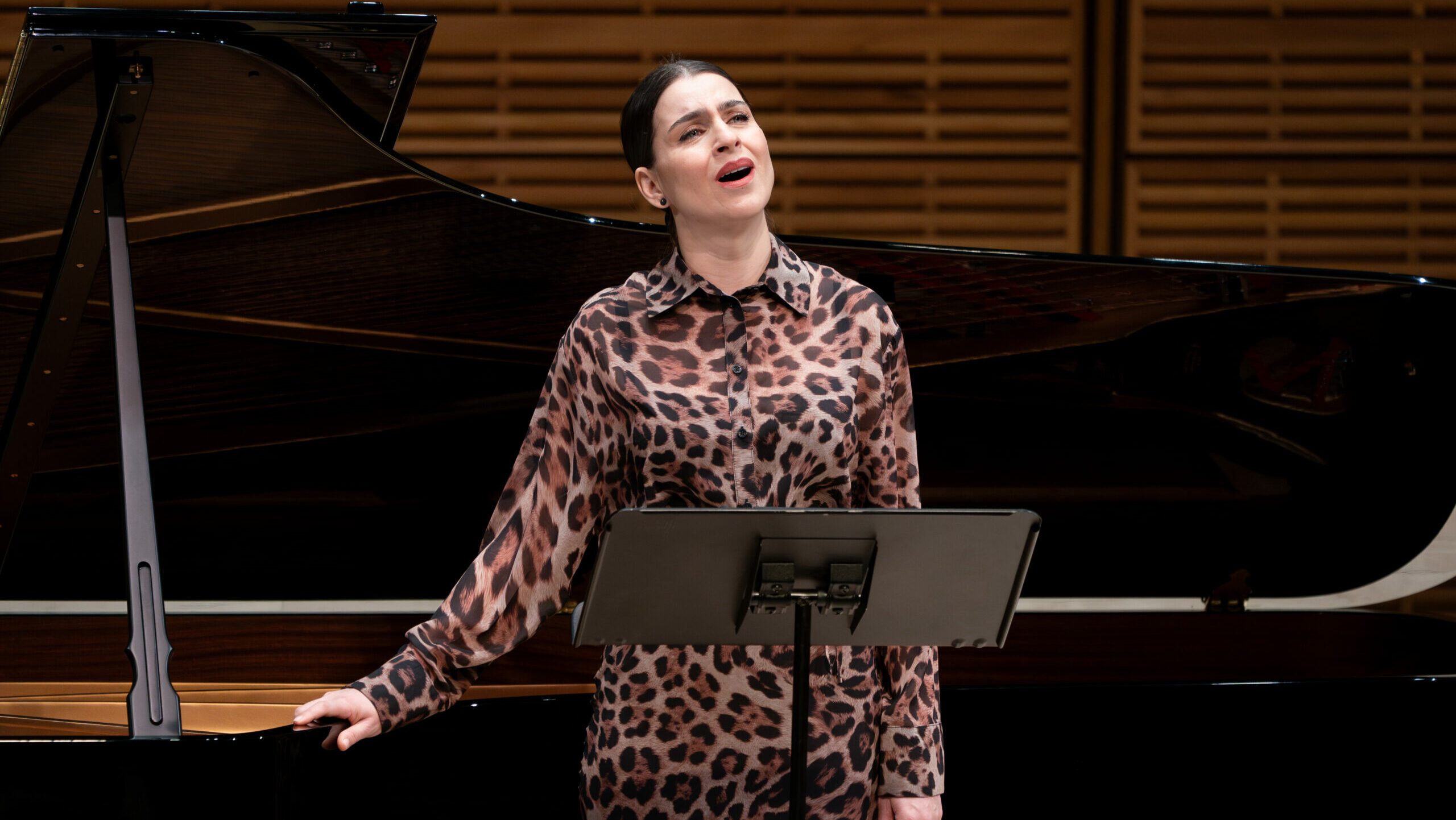













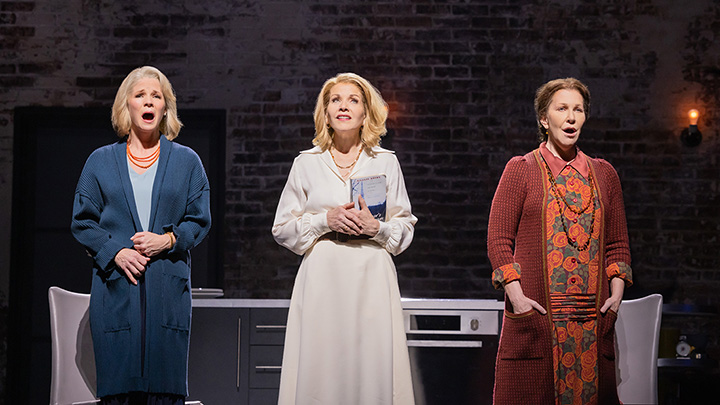
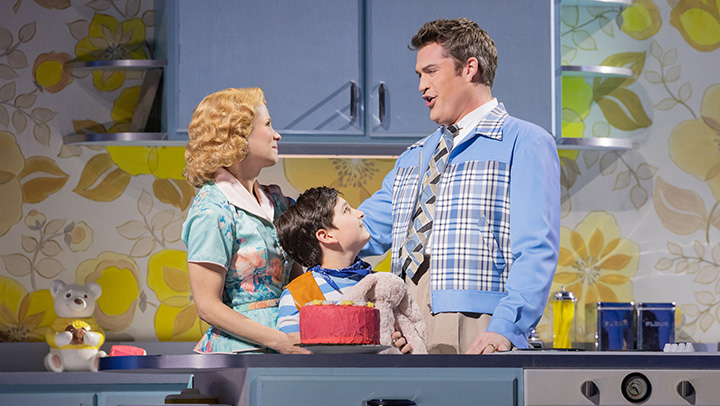
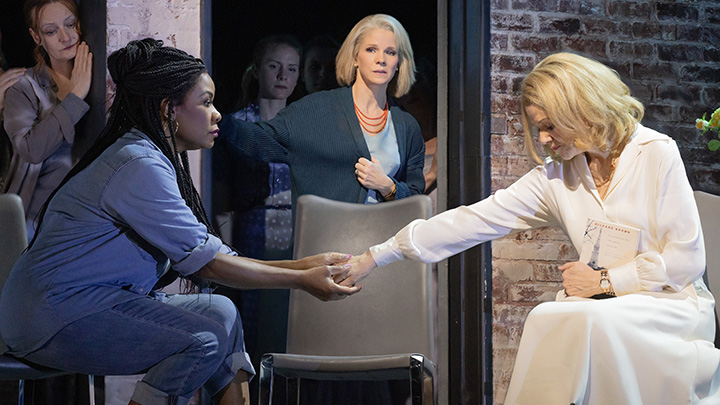




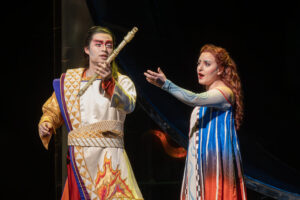

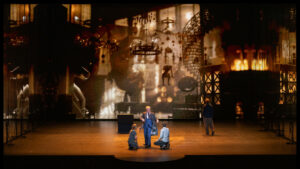
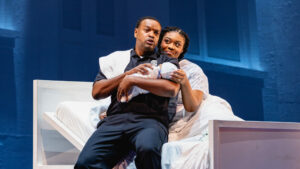

Comments